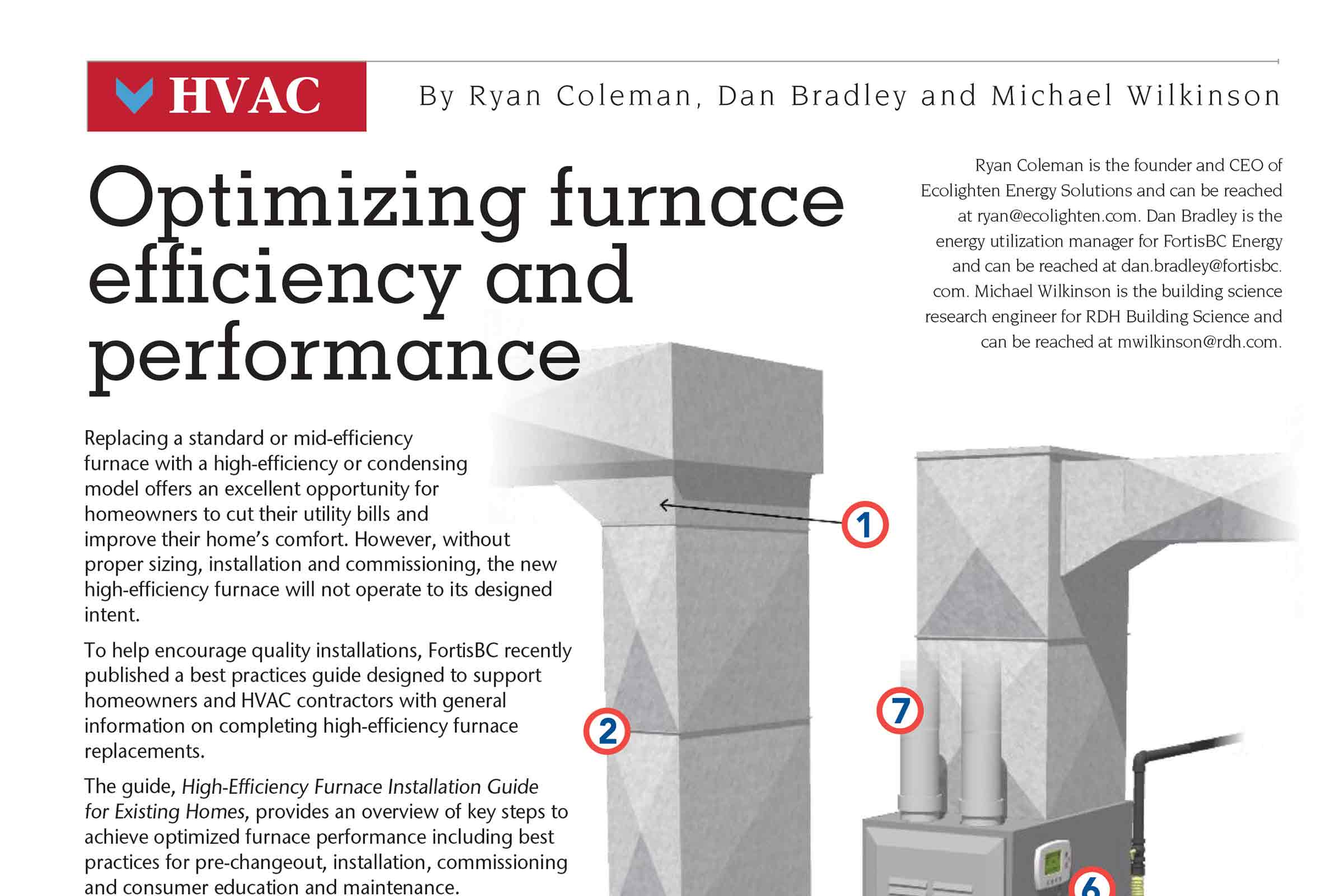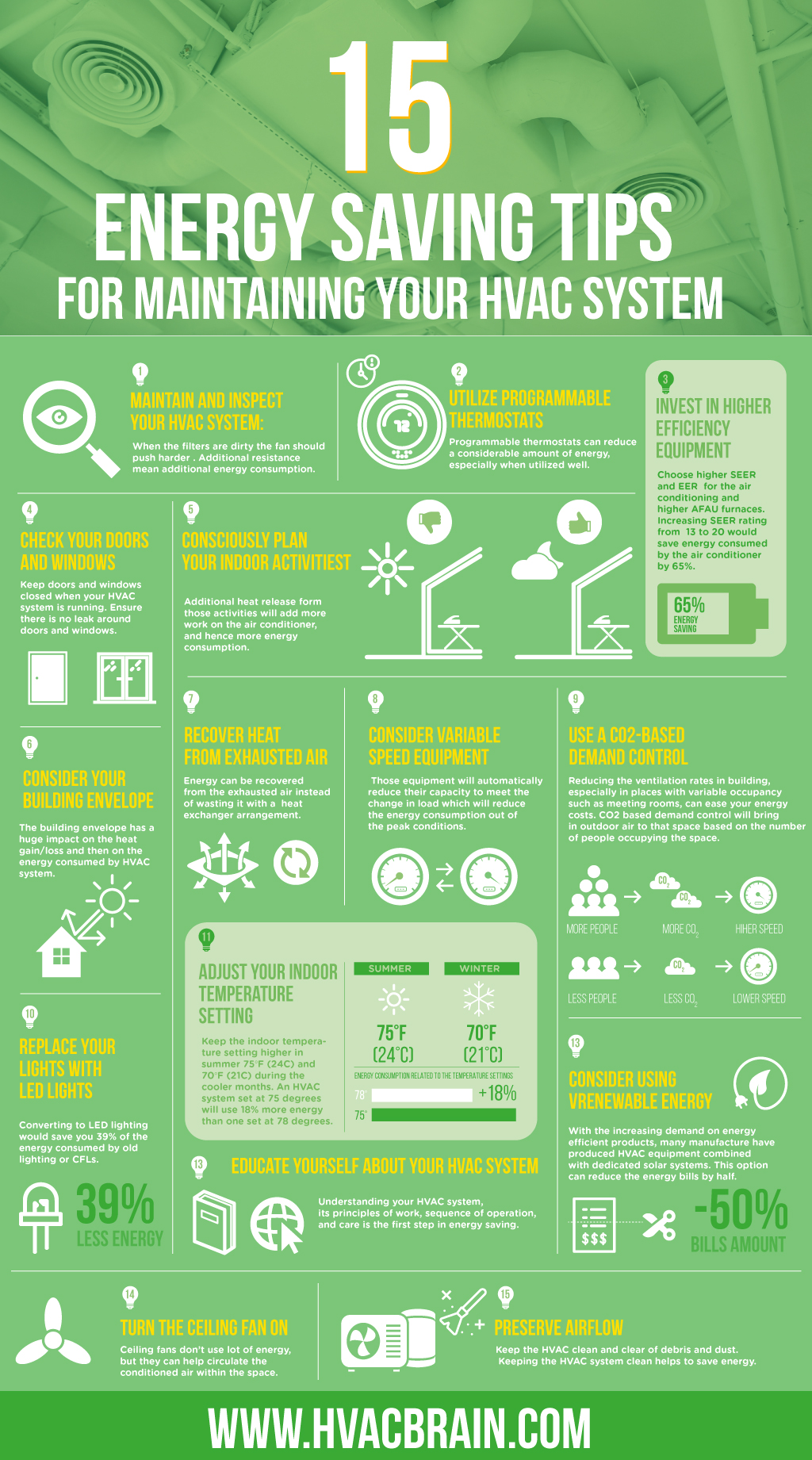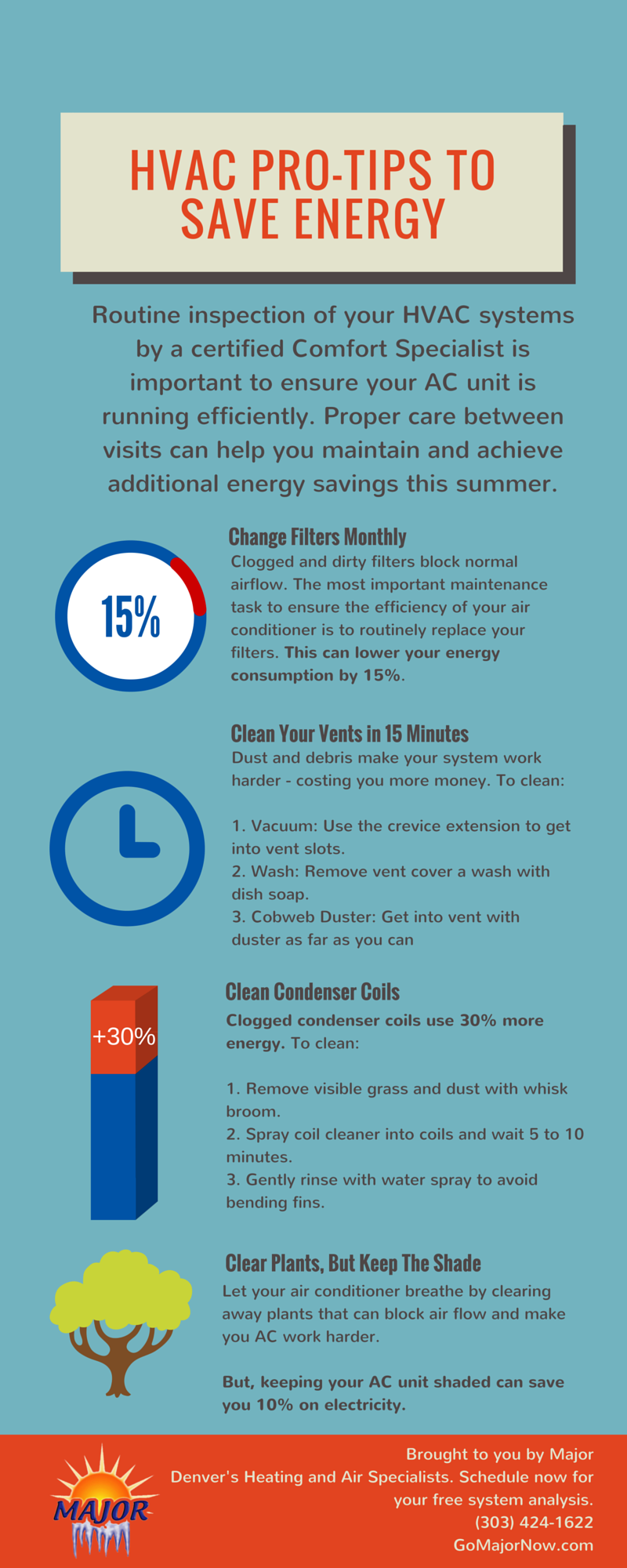In the pursuit of comfort and cost-saving, optimizing HVAC efficiency is a top priority for many homeowners and businesses. Whether you’re looking to reduce energy consumption or enhance the overall functionality of your HVAC system, there are several key tips you can follow. By properly maintaining your equipment, sealing air leaks, investing in programmable thermostats, and regularly changing air filters, you can maximize the efficiency of your HVAC system and enjoy a comfortable environment all year round. Discover these top tips to optimize HVAC efficiency and make the most of your heating and cooling systems.
Top Tips for Optimizing HVAC Efficiency
When it comes to optimizing HVAC efficiency, there are several key strategies that can help you save energy and maintain a comfortable indoor environment. By implementing regular maintenance, upgrading to energy-efficient equipment, properly sizing your HVAC system, improving airflow, sealing and insulating the building envelope, utilizing zoning systems, implementing heat recovery systems, optimizing HVAC usage habits, enhancing solar heat gain and insulation, and monitoring and controlling humidity levels, you can ensure that your HVAC system operates at peak performance while keeping your energy bills in check.
1. Regular Maintenance
Regular maintenance is Essential for keeping your HVAC system in top shape and preventing any potential issues before they become major problems. Here are some key tasks to include in your regular maintenance routine:
1.1 Cleaning and Changing Filters Regularly
Dirty and clogged filters can restrict airflow and put strain on your HVAC system. Make sure to clean or change your filters regularly to ensure proper airflow and maintain optimum efficiency. This simple task can have a big impact on the performance and longevity of your HVAC system.
1.2 Checking and Cleaning Coils
Over time, the coils in your HVAC system can become dirty and covered in debris, which can hinder heat transfer and reduce efficiency. Regularly check and clean the coils to remove any buildup and maintain optimal airflow and heat exchange.
1.3 Lubricating Moving Parts
Proper lubrication of the moving parts in your HVAC system, such as motors and bearings, can reduce friction and prevent excessive wear and tear. Make sure to lubricate these components as recommended by the manufacturer to keep them running smoothly and efficiently.
1.4 Inspecting and Adjusting Belts
Inspect the belts in your HVAC system for signs of wear and tear, such as cracks or fraying. If necessary, adjust or replace the belts to ensure proper operation and prevent unnecessary strain on the system.
1.5 Cleaning and Clearing Vents and Registers
Regularly clean and clear the vents and registers in your home or office space to ensure unrestricted airflow. Dust, dirt, and obstructions can hinder the efficient operation of your HVAC system, so keeping these areas clean and clear is crucial.
2. Upgrade to Energy-Efficient Equipment
Investing in energy-efficient HVAC equipment can significantly reduce your energy consumption and lower your heating and cooling costs. Here are some considerations when upgrading your HVAC system:
2.1 Consider High-Efficiency HVAC Systems
High-efficiency HVAC systems are designed to deliver superior performance while consuming less energy. Look for systems with high Seasonal Energy Efficiency Ratio (SEER) ratings for air conditioners and high Annual Fuel Utilization Efficiency (AFUE) ratings for furnaces. These systems can provide substantial energy savings and help you reduce your carbon footprint.
2.2 Choose ENERGY STAR Certified Products
ENERGY STAR certified products meet strict energy efficiency guidelines set by the Environmental Protection Agency (EPA). By choosing ENERGY STAR certified HVAC equipment, you can be confident that you are selecting products that are designed to maximize energy efficiency and minimize environmental impact.
2.3 Opt for Programmable Thermostats
Programmable thermostats allow you to set different temperature schedules based on your daily routines and preferences. By automatically adjusting the temperature when you are away or asleep, programmable thermostats help optimize energy usage and reduce unnecessary heating and cooling.

This image is property of www.ecolighten.com.
3. Properly Size Your HVAC System
Properly sizing your HVAC system is crucial for maximizing efficiency and comfort. A system that is too large or too small for your space can lead to energy waste and performance issues. Consider the following tips when sizing your HVAC system:
3.1 Consult with Professionals for Accurate Sizing
Consulting with HVAC professionals is essential to ensure accurate sizing of your HVAC system. Factors such as the size of your space, insulation levels, and local climate conditions need to be considered to determine the appropriate system size for optimal performance and efficiency.
3.2 Avoid Oversized or Undersized Systems
Oversized systems may short cycle, constantly turning on and off, which can lead to energy waste and increased wear and tear on the equipment. On the other hand, undersized systems may struggle to meet the cooling or heating demands of your space, resulting in reduced comfort and efficiency. Make sure to properly size your HVAC system to avoid these issues.
4. Improve Airflow in the Space
Optimizing airflow is essential for maintaining a comfortable indoor environment and ensuring that your HVAC system operates efficiently. Here are some tips for improving airflow:
4.1 Clean and Unblock Air Ducts
Over time, air ducts can accumulate dust, dirt, and debris, which can restrict airflow and reduce efficiency. Regularly clean your air ducts to remove any buildup and ensure proper airflow throughout your space.
4.2 Ensure Proper Air Distribution
Make sure that your vents and registers are properly positioned and unobstructed. Furniture, carpets, curtains, or other objects should not block the airflow. Ensure that the air can flow freely throughout the space for optimal comfort and efficiency.
4.3 Use Air Curtains or Doors to Prevent Air Leakage
Air curtains or doors can be installed at entrances or gaps to minimize air leakage and maintain a consistent indoor temperature. By preventing the invasion of outside air and the escape of conditioned air, you can improve the efficiency and performance of your HVAC system.

This image is property of www.hvacbrain.com.
5. Seal and Insulate the Building Envelope
A well-sealed and properly insulated building envelope is crucial for preventing energy waste and maintaining a comfortable indoor environment. Consider the following steps to seal and insulate your space effectively:
5.1 Seal Air Leaks in Doors and Windows
Inspect your doors and windows for any gaps or cracks that may allow air to escape or enter. Seal these areas with weatherstripping or caulking to prevent air leaks and improve energy efficiency.
5.2 Insulate Walls, Attics, and Crawlspaces
Proper insulation is key to minimizing heat loss or gain through the walls, attic, and crawlspaces of your space. Ensure that these areas are well-insulated to prevent energy waste and optimize the performance of your HVAC system.
5.3 Install Weatherstripping and Caulking
In addition to sealing air leaks in doors and windows, consider installing weatherstripping around movable components, such as doors and operable windows, and caulking gaps or cracks in walls and floors. By preventing drafts and air leakage, you can improve energy efficiency and comfort.
6. Utilize Zoning Systems
Zoning systems allow you to divide your space into separate zones and control the temperature independently in each area. This can help minimize energy waste and ensure personalized comfort. Consider the following tips when implementing zoning systems:
6.1 Divide the Space into Zones
Evaluate your space and identify areas that have different heating and cooling needs. Based on these differences, divide your space into separate zones that can be individually controlled to meet the unique comfort requirements of each area.
6.2 Install Zoning Controls and Dampers
Install zoning controls that allow you to set different temperature settings for each zone. This can be achieved by installing dampers in the ductwork that can control the airflow to each zone independently.
6.3 Adjust Temperatures for Specific Zones
By adjusting the temperature settings for specific zones based on occupancy and comfort preferences, you can optimize energy usage and maintain individual comfort levels throughout your space.

This image is property of www.stoneheatair.com.
7. Implement Heat Recovery Systems
Heat recovery systems are designed to recover energy from the exhaust air and use it to preheat or precool the incoming fresh air. This can significantly reduce the energy required for conditioning the air in your space. Consider the following options for heat recovery systems:
7.1 Install Heat Recovery Ventilators (HRVs)
HRVs are mechanical ventilation systems that recover heat from the exhaust air and transfer it to the incoming fresh air. By using the recovered heat, HRVs can significantly reduce the energy required for heating in the winter and cooling in the summer, improving energy efficiency and indoor air quality.
7.2 Consider Energy Recovery Ventilators (ERVs)
ERVs are similar to HRVs but also recover moisture from the exhaust air. This can help maintain proper humidity levels and improve indoor air quality. ERVs are particularly beneficial in humid climates or during cold winter months when preserving moisture is important.
8. Optimize HVAC Usage Habits
In addition to implementing various strategies and technologies, optimizing your HVAC usage habits can play a significant role in improving efficiency. Consider the following tips:
8.1 Set Thermostat Temperature Wisely
Set your thermostat to a moderate temperature that provides comfort without excessive heating or cooling. Each degree adjustment can have a noticeable impact on your energy consumption and costs.
8.2 Use Programmable Thermostats Effectively
Programmable thermostats allow you to set different temperature schedules based on your daily routines. Take advantage of these features to automatically adjust the temperature when you are away or asleep, optimizing energy usage and reducing heating and cooling demand.
8.3 Avoid Frequent On/Off Cycling
Frequent on/off cycling of your HVAC system can reduce its efficiency and increase wear and tear. To avoid unnecessary cycling, try to maintain a consistent temperature setting and avoid drastic temperature changes.
8.4 Utilize Natural Ventilation
Take advantage of natural ventilation whenever possible. Opening windows and using fans can help circulate fresh air and reduce reliance on your HVAC system, especially during mild weather conditions.

This image is property of www.airmastersllc.com.
9. Enhance Solar Heat Gain and Insulation
Solar heat gain and insulation can have a significant impact on the energy efficiency of your space. Consider the following strategies to enhance solar heat gain and insulation:
9.1 Maximize Natural Sunlight
Utilize daylighting techniques to maximize natural sunlight and reduce the need for artificial lighting. This can not only improve energy efficiency but also enhance the comfort and well-being of occupants.
9.2 Use Window Films and Shades
Window films and shades can help reduce solar heat gain in the summer and prevent heat loss in the winter. These window treatments can improve energy efficiency and reduce the workload on your HVAC system.
9.3 Improve Insulation in Walls and Roof
Enhanced insulation in walls and the roof can significantly reduce heat transfer and improve energy efficiency. Consider upgrading insulation materials or adding additional layers to enhance the thermal performance of your space.
10. Monitor and Control Humidity Levels
Maintaining proper humidity levels is essential for both comfort and energy efficiency. Consider the following strategies to monitor and control humidity levels effectively:
10.1 Utilize Dehumidifiers or Humidifiers
Dehumidifiers and humidifiers can help control excessive moisture or dryness in your space, respectively. By maintaining optimal humidity levels, you can improve indoor air quality, reduce the workload on your HVAC system, and increase energy efficiency.
10.2 Maintain Optimal Humidity Range
The ideal humidity range for a comfortable indoor environment is typically between 30% and 50%. Monitor the humidity levels in your space and adjust accordingly to ensure optimal comfort and energy efficiency.
By implementing these top tips for optimizing HVAC efficiency, you can enjoy a comfortable indoor environment while reducing your energy consumption and lowering your utility bills. Remember to prioritize regular maintenance, upgrade to energy-efficient equipment, properly size your HVAC system, improve airflow, seal and insulate the building envelope, utilize zoning systems, implement heat recovery systems, optimize HVAC usage habits, enhance solar heat gain and insulation, and monitor and control humidity levels to achieve the best possible results. For professional assistance with HVAC repair and maintenance, reach out to Diamond Air Design in Pensacola, FL and the surrounding area. Their experts can provide valuable guidance and services to help you optimize your HVAC system for maximum efficiency and comfort.

This image is property of www.majorheating.com.
The post Top Tips for Optimizing HVAC Efficiency appeared first on Diamond Air Design.

